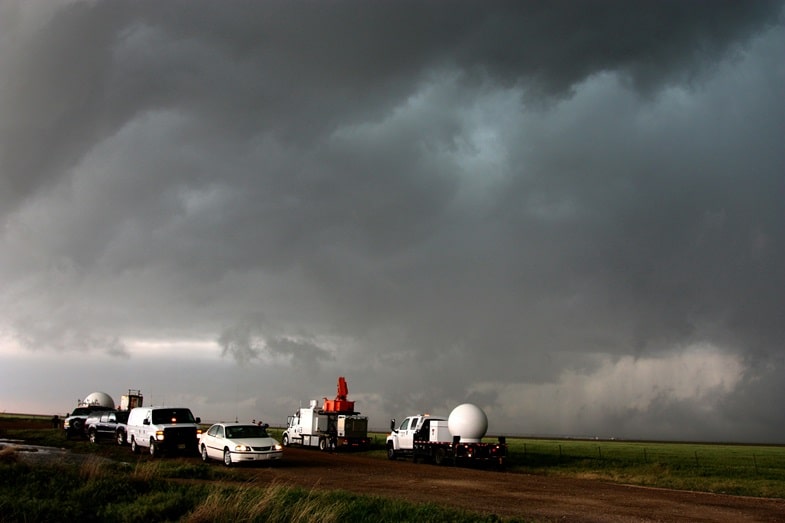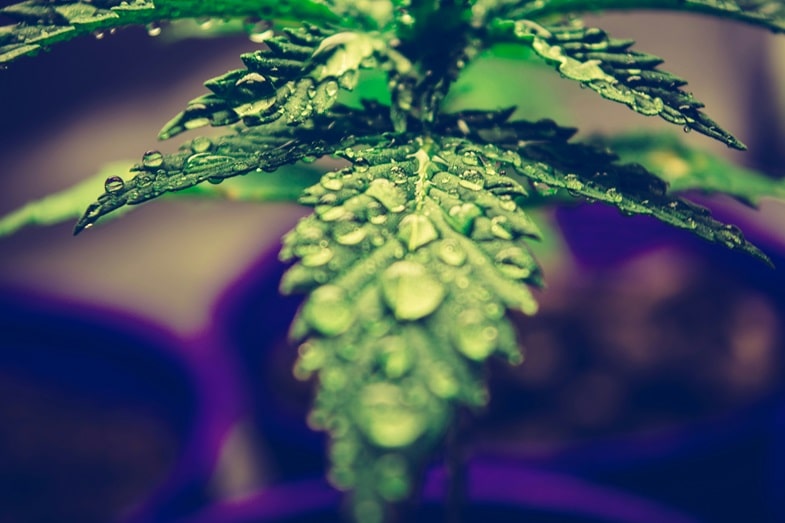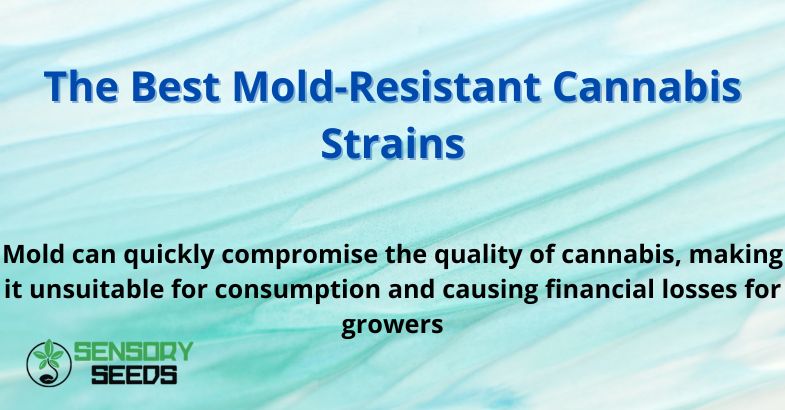Published on: 25/10/2024
Mold can quickly compromise the quality of cannabis, making it unsuitable for consumption and causing financial losses for growers
In this article, we will explore the best cannabis strains for cultivation in humid climates, analyzing their characteristics, the advantages they offer, and why they are an ideal choice for those facing these weather conditions.
The Challenge of Humid Climates
High humidity creates a favorable environment for the proliferation of fungi and mold, particularly during the flowering stage, when plants develop dense, resin-rich buds. Molds like Botrytis cinerea (commonly known as gray mold) and Pythium can spread rapidly, especially if there isn’t enough airflow to dry the plant surfaces. Additionally, cannabis plants that retain too much moisture are more susceptible to infections, which can lead to bud rot and, in extreme cases, complete crop loss.
Managing humidity under these conditions requires constant attention, but choosing the right strain of cannabis seeds can make a big difference. Some strains have been developed or selected specifically for their ability to resist mold, thanks to characteristics such as less dense bud structures, thinner leaves, and a faster flowering phase, which reduces the time plants are exposed to critical conditions.
Read also: Harvesting and Drying Cannabis Buds: Complete Guide to a Perfect Harvest


Indica vs. Sativa Strains in Humid Climate
One of the first factors to consider when choosing strains for humid climates is the distinction between Indica and Sativa cannabis.
Indica strains, native to mountainous and often cooler regions, tend to develop dense and compact buds that, while rich in resin, can retain moisture and become a breeding ground for mold.
In contrast, Sativa strains, which evolved in equatorial climates with greater exposure to seasonal rains and humidity, have a more airy and less dense structure that facilitates airflow between the buds, reducing the risk of mold.
However, not all Sativa strains are equally resistant to mold, nor are all Indica strains unsuitable for humid climates. The key is to find strains with an optimal combination of characteristics, such as good internal ventilation and natural resistance to pathogens.
The Best Strains for Humid Climates
Northern Lights
Northern Lights is one of the most famous Indica strains in the world, known for its robustness and ability to grow well even in adverse conditions. Although many Indica strains are considered less suitable for humid climates due to their dense structure, Northern Lights is an exception. This strain has shown superior mold resistance thanks to a combination of genetic traits that support plant health in humid environments.
Northern Lights develops compact but relatively moisture-resistant buds, and its short flowering period (which can last only 6-7 weeks) means it is exposed to humid conditions for a shorter time compared to other strains. Additionally, it is an easy-to-grow plant that requires minimal maintenance, making it ideal for growers who cannot dedicate too much time to managing environmental conditions.
Super Silver Haze
Super Silver Haze is a Sativa-dominant strain that has won numerous awards for its quality and potency. This plant is particularly well-suited to humid climates due to its tall and airy structure, which allows for good airflow between the buds. The leaves are thin and elongated, typical of Sativas, which helps reduce the risk of moisture buildup. Additionally, Super Silver Haze is a fast flowering cannabis plant, for a Sativa, which shortens the exposure time to critical conditions.
Another aspect that makes Super Silver Haze an excellent choice for humid climates is its tolerance to temperature and humidity fluctuations. Even if conditions are not ideal, this plant maintains a good yield of high-quality buds. Its aromatic profile is complex, with notes of citrus, spices, and a subtle earthy undertone, making it highly valued by consumers seeking a potent and enduring experience.
Read also: The Cannabis Transplanting Phase: When and How to Move Your Seedlings


How to Maximize Mold Resistance
Even with the most resistant strains, there are several cultivation practices that can be adopted to further reduce the risk of mold in humid climates. The first and most important is to ensure good ventilation around the plants. This can be achieved by planting the plants at an adequate distance from each other and regularly pruning the lower leaves and side buds to improve airflow.
Another effective strategy is using greenhouses or plastic tunnels, which allow for better control of ambient humidity. However, it is essential to ensure that these structures are well-ventilated to avoid condensation inside, which could promote mold growth. Additionally, irrigation should preferably be done in the early morning to give the plants time to dry before nightfall, when humidity tends to increase.
The use of preventive treatments, such as organic fungicides based on copper or sulfur, can also be helpful in reducing the risk of fungal infections. However, it is important to follow the manufacturer’s instructions and ensure that these treatments are safe for cannabis plants and for end consumers.
In Conclusion
Growing cannabis in humid climates is challenging, but with the right strain choices and the adoption of appropriate cultivation practices, it is possible to achieve a high-quality harvest even under difficult conditions. Strains like Northern Lights and Super Silver Haze offer a combination of mold resistance, ease of cultivation, and exceptional aromatic profiles, making them ideal for those growing in humid environments. With this knowledge and seeds from Sensory Seeds, growers can confidently tackle the challenges of humid climates and enjoy the fruits of their labor with healthy, vigorous plants.









